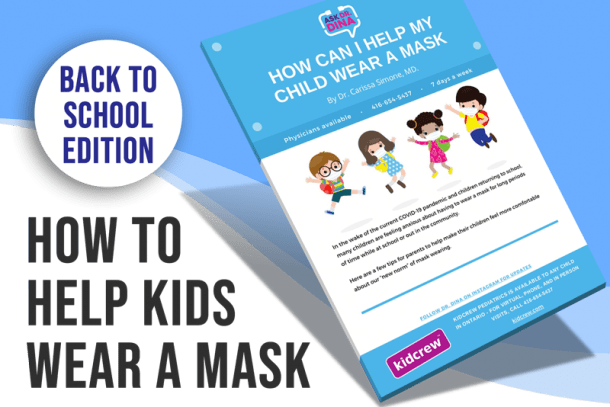Is ADHD related to my technology use?
In 2001, the term digital natives was introduced into the lexicon of parents. In short, it refers to the “first generations of children growing up fluent in the language of computers, video games, and other technologies.” Ask any parent with a child under 18 and they will surely attest to their child’s techno-fluency. Digital technology is seeping into almost every aspect of the lives of children – from innovative technologized classrooms and schools, to the way in which youth interact and communicate with each other and their families, to even the mode and manner by which they do view their entertainment.
In a large national study on the nature of American youth’s media use, the Kaiser Family Foundation found that media was youth’s primary daily activity other than sleep, with an average of nearly 7 ½ hours spent per day by youth ages 8 through 18.
Juxtaposed to these techno-changes are also staggering findings about the number of young people diagnosed with attention deficit disorder. (ADHD). What’s ADHD? Kids with ADHD have significant problems with attention, impulsivity and hyperactivity.A recent study out of Northwestern University revealed that the number of children and young people diagnosed with ADHD shot up 66 percent between 2000 and 2010.
The Centers for Disease Control defines those with ADHD as often having “trouble paying attention, controlling impulsive behaviors or being overly active.”
Of course, this spike could largely be related to the increase number of children being tested each year, in addition to a general awareness of the kinds of behaviors associated with attention difficulties. However, many also associate this spike with the hyper use of technology by today’s youth, asserting that an entire generation has become addicted to the dopamine-producing effects of media.
A study that came out of the Pew Internet Research Project investigated how teachers feel about children in the developed world who are increasingly technologically dependent. The study found that 90% of teachers reported that they believed that digital technology was creating “an easily distracted generation with short attention spans”.
So what is a digitally savvy, overworked and overwhelmed parent to do?
Expert Lisa Guernsey, writer of Screen Time, suggests a helpful framework for navigating a technology-saturated childhood, in a method she coined the three C’s: Content, Context, and your Child.
Questions like
– Do you think the content is appropriate?
– Is screen time a “relatively small part of your child’s interaction with you and the real world?”
– How many screens are being used in one room?
– Are you tailoring your rules to each child depending on their needs.
Avoiding technology may be impossible, but learning how to properly navigate it is not.
Alexis Hershfield received her Master’s of Education in Human Development and Psychology from Harvard University. She currently works in research at the UCLA Semel Institute for Neuroscience and at the Department of Rehabilitation of California.

Alexis received her Master’s of Education in Human Development and Psychology from Harvard University. Alexis is currently is involved in a study at the UCLA Semel Institute for Neuroscience that is exploring how cognitive and neural mechanisms affect emotion regulation in youth with early onset mood disorders. Alexis’s research interests include social and emotional development and investigating the ways that digital media, physical activity and the nature of relationships affect emotional outcomes. Alexis also posts avidly on her blog (link below).










